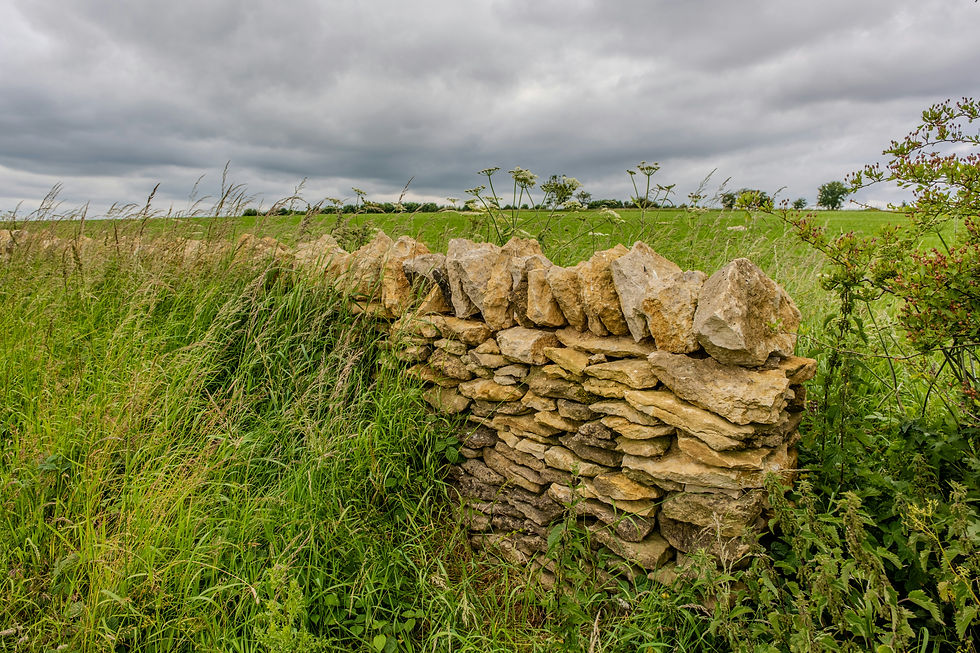Ultimate Guide to Retaining Wall Materials: Choosing the Best for Durability and Aesthetics
- Wilzave Quiles Guzmán
- Sep 29
- 2 min read
Introduction: Why Retaining Wall Materials Matter
When it comes to building a retaining wall, one of the most important decisions you’ll make is the material. Retaining wall materials determine how well your wall performs, how long it lasts, and how it looks in your yard. For homeowners in Southern California, where soil movement, heavy winter rains, and sloped properties are common, choosing the right material is critical for both functionality and curb appeal.
In this guide, we’ll explore the most common retaining wall materials, their pros and cons, and how to decide which option fits your property best.

Common Retaining Wall Materials
1. Concrete Block
Pros: Highly durable, versatile, available in modular units that lock together for stability.
Cons: Industrial look if not veneered, may require professional installation.
Best for: Sloped yards, hillside reinforcement, and modern-style landscapes.
2. Natural Stone
Pros: Timeless beauty, blends seamlessly with outdoor environments, extremely durable.
Cons: More expensive, requires expert craftsmanship, heavy to install.
Best for: Luxury landscapes, coastal homes, and homeowners seeking a natural look.
3. Brick
Pros: Classic look, strong, fire-resistant.
Cons: Limited height capacity, may require mortar and upkeep.
Best for: Smaller retaining walls, decorative garden spaces.
4. Wood
Pros: Affordable, rustic charm, easy to work with.
Cons: Prone to rotting, termites, and a short lifespan in wet soil.
Best for: Temporary walls, smaller garden enclosures.
5. Poured Concrete
Pros: Smooth, modern look; extremely strong and long-lasting.
Cons: Requires formwork and professional installation, higher upfront cost.
Best for: Contemporary yards, tall retaining walls, and high-load areas.
How to Choose the Best Retaining Wall Material
Budget Considerations: Wood is affordable short-term, while stone and poured concrete are long-term investments.
Design Goals: Do you want rustic, classic, or modern? Each material has a distinct style.
Functionality: Hillside stabilization may require reinforced concrete or block systems.
Maintenance: Stone and block require less maintenance than wood.
Retaining Walls in Southern California: Extra Considerations
Climate: Materials must handle summer heat, winter rains, and soil shifting.
Erosion Control: Sloped yards often demand reinforced solutions like block systems.
Aesthetics: Many LA homes lean toward Mediterranean or modern designs, making stone and concrete excellent fits.
Final Thoughts
Choosing retaining wall materials is not just about looks — it’s about protecting your property. From concrete blocks that hold back hillsides to natural stone that transforms your backyard into a luxury retreat, the right choice makes all the difference.
💡 Deloya Masonry Tip: Always consult professionals before investing in a retaining wall. A poorly built wall can fail quickly, leading to costly repairs.
Call to Action
At Deloya Masonry, we specialize in designing and building retaining walls that are as beautiful as they are functional. Whether you want to prevent erosion, level out your yard, or create a statement feature, we’ll help you select the perfect material and build it to last.
👉 Ready to build your retaining wall? Contact Deloya Masonry today for a consultation and let us bring your vision to life.




Comments